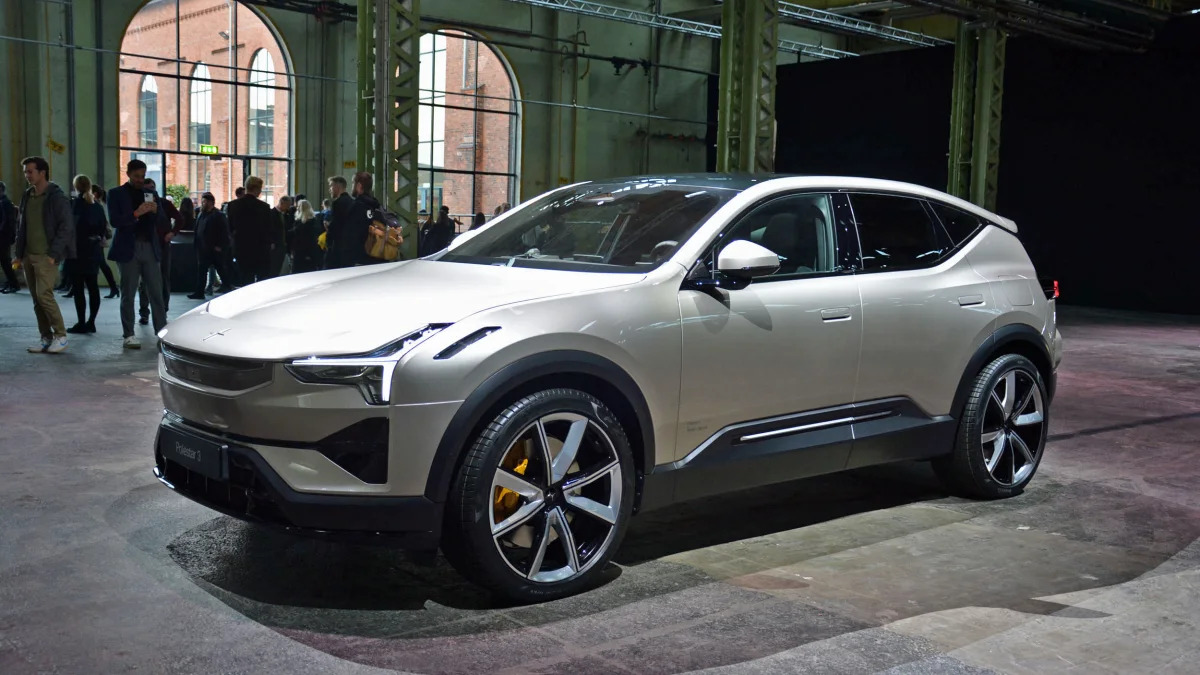Polestar's Game Changer: Rear-Wheel-Drive Polestar 3 to Shake Up the EV Landscape


The Polestar 3, which was already a subject of significant buzz in the EV world, is now confirmed to be getting an exciting new trim: the rear-wheel-drive (RWD) variant. Slated for a release later this year, this move is set to diversify Polestar's lineup, which has so far been focused on all-wheel-drive (AWD) configurations. With this new trim, Polestar aims to offer a more tailored driving experience, likely appealing to purists who crave the dynamics and engagement that come with a rear-driven setup.
The RWD Option: What to Expect
Details about the new RWD variant of the Polestar 3 are still somewhat sparse, as company representatives have opted to keep key specifications under wraps. What we do know is intriguing: the new trim will feature the same rear motor found in the Long Range Dual Motor models, which delivers a robust 241 hp. The vehicle will also retain the 111-kWh battery pack that serves as the backbone for its AWD siblings. This setup is expected to grant the RWD Polestar 3 a notable boost in range, thanks to the reduced drivetrain complexity and improved efficiency.
Under the Hood: Performance Specs
Presently, the AWD Polestar 3 boasts 489 horsepower and a torque rating of 620 pound-feet, delivering robust performance alongside its sophisticated Pilot Pack features. Available in the Pilot Pack are advanced driver assistance technologies such as Pilot Assist, Park Assist Pilot, Lane Change Assist, and a head-up display—features designed to enhance both convenience and safety.
The impending RWD variant will inevitably vary in price from the AWD model, but specifics haven’t been disclosed yet. However, we can reasonably anticipate a more attractive price point, making this BMW and Mercedes competitor even more accessible. Comparative benchmarks show the Polestar 3 nestled comfortably between high-end luxury brands and mainstream EV competitors like Ford and Tesla, likely aiming to attract a diverse buyer profile.
Pricing and Market Competition
Polestar’s pricing strategy seems to align closely with its competitors. For instance, the Long Range Dual Motor Polestar 3 starts at $74,800, echoing the premium feel akin to a BMW or Mercedes EV counterpart. Given that the RWD trim will likely be cheaper, it might not directly rival more affordable options like the Ford Mustang Mach-E Premium or the Tesla Model Y, which both start closer to $50,000 and $46,000 respectively before tax credits. It’s also worth mentioning that EV incentive structures will play a role; currently, the Polestar 3 models imported from Chengdu, China, don’t qualify for the $7,500 federal tax credit unless leased. Polestar plans to shift production to Ridgeville, South Carolina, by mid-2024, which will make the vehicle eligible for these financial incentives, potentially increasing its allure.
Future Prospects: What Lies Ahead?
Polestar seems committed to addressing the current supply and manufacturing limitations by planning domestic production within the United States, promising reduced prices once those tax credits become applicable. Early production tests in Ridgeville, South Carolina, have reportedly been successful, hinting that this timeline is on track. Buyers willing to wait might just find themselves benefiting from a significant MSRP reduction, thereby improving value alignment with other competitive offerings in the market.
As the electric vehicle race continues to intensify, the introduction of a RWD Polestar 3 could prove to be a masterstroke that energizes the market while appealing to both existing Polestar loyalists and potential new customers drawn by the promise of a pure rear-wheel driving experience. Stay tuned for more updates as Polestar inches closer to unveiling this exciting new variant.